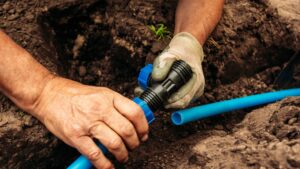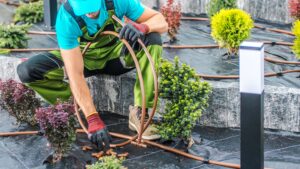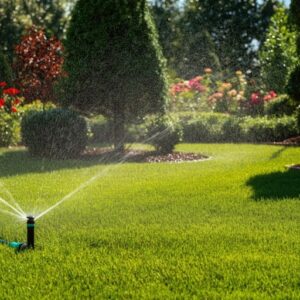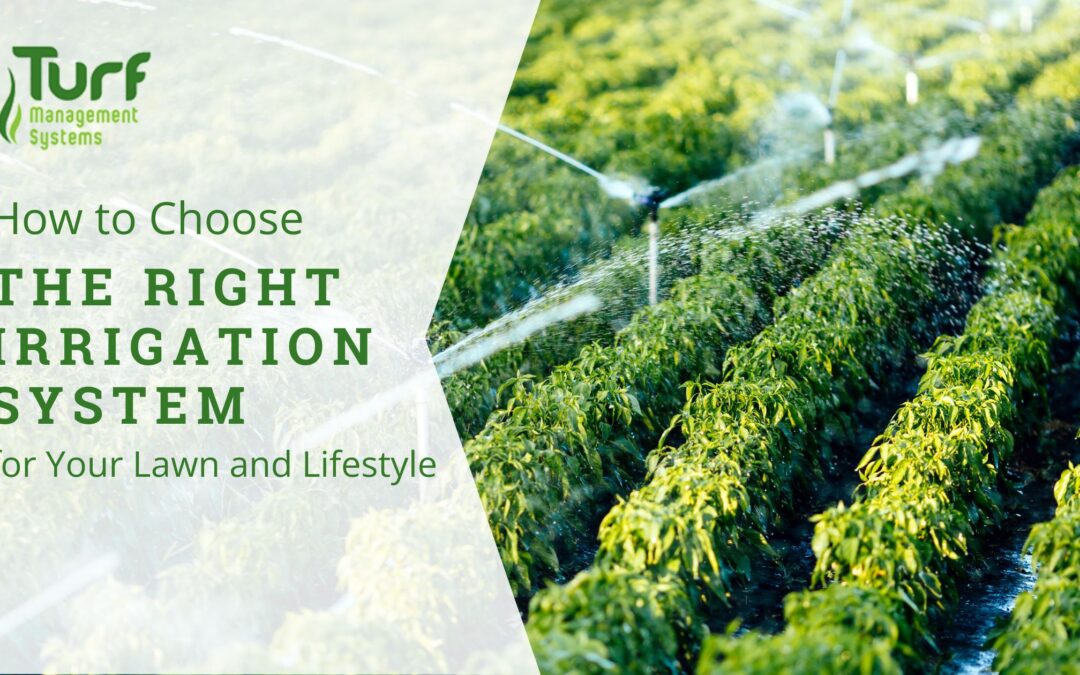A lush, healthy lawn doesn’t happen by chance—it requires the right care, including an irrigation system that meets both your lawn’s needs and your lifestyle. Choosing the right system can save you time, money, and water while ensuring your outdoor space remains vibrant and inviting. With so many options available, selecting the perfect irrigation system might seem overwhelming, but it doesn’t have to be. Below, we’ll walk you through the key factors to consider, compare different types of systems, and answer common questions to help you make an informed decision.
![]()
Key Considerations When Choosing an Irrigation System
When selecting an irrigation system for your lawn, it’s important to weigh several factors to ensure it aligns with your specific needs. Here are the most critical points to consider:
- Lawn Size
Larger lawns may require more extensive systems, like automatic sprinklers, to ensure even coverage. Smaller lawns, on the other hand, can often be managed with simpler, less expensive solutions like soaker hoses.
- Climate
If you live in an area with frequent rainfall, you might need a system designed for occasional use. For drier climates, a system that conserves water while keeping your lawn healthy is essential.
- Water Efficiency
With rising concerns around water scarcity, an efficient system not only reduces waste but also lowers your water bill. Options like drip irrigation are especially effective for precise watering.
- Budget
Costs can vary significantly depending on the type of system. Some solutions have a higher initial investment but save on water and maintenance costs over time.
- Maintenance Requirements
Some irrigation systems demand regular upkeep to function properly, while others are designed for minimal intervention. Consider how much time and effort you’re willing to dedicate to maintenance before making a choice.
- Lawn Shape and Layout
Irregularly shaped lawns or yards with slopes may require customizable systems to ensure even watering across all areas.
Comparing Different Types of Irrigation Systems
Each irrigation system comes with its own advantages and limitations. The table below provides a side-by-side evaluation of the three most common options—drip systems, sprinklers, and soaker hoses.
| Irrigation Type | Cost | Ease of Installation | Water Conservation | Best For |
| Drip System | High (Initial Cost) | Moderate | Excellent | Gardens, flower beds, irregular layouts |
| Sprinkler System | Moderate-High | Complex (Professional help suggested) | Moderate | Large lawns, open areas |
| Soaker Hose | Low | Easy | Good | Small lawns, flower beds |
 Drip Systems
Drip Systems
These systems deliver water directly to the roots of plants and grass using a network of tubes and emitters. While they require a higher upfront investment and professional installation, they are exceptional at conserving water and work well for regions with water usage restrictions.
Sprinkler Systems
Sprinklers come in manual or automated versions and are ideal for covering larger areas. Automated options offer convenience with programmable timing, while manual systems are more affordable upfront.
Soaker Hoses
A soaker hose slowly releases water along its length, offering a simple and budget-friendly solution for maintaining smaller lawns or specific patches of greenery. Although not as precise or efficient as drip irrigation, they are easy to set up and effective for many homeowners.
![]()
FAQs About Irrigation Systems
 To address some of the most common concerns, here are answers to frequently asked questions about irrigation systems.
To address some of the most common concerns, here are answers to frequently asked questions about irrigation systems.
1. Which irrigation system is the most cost-effective?
The most cost-effective system depends on your lawn size and needs. For small lawns, a soaker hose is affordable and easy to use. For larger properties, sprinklers may offer more value due to their wider coverage.
2. Can I install an irrigation system myself?
Some systems, like soaker hoses, can be easily installed without professional help. However, more complex systems, such as drip or automatic sprinkler setups, often require professional installation to ensure proper functionality.
3. How do I know if my system is water-efficient?
Water-efficient systems typically use targeted methods, like drip irrigation, to minimize runoff and evaporation. Look for features like timers, rain sensors, or moisture sensors to reduce unnecessary water usage.
4. Do I need to winterize my irrigation system?
Yes, if you live in an area with freezing temperatures, draining the water lines and insulating exposed components is crucial to prevent damage.
5. What are the maintenance requirements for irrigation systems?
Maintenance varies by system type but generally involves checking for leaks, cleaning nozzles, and ensuring timers and sensors are working correctly. Drip systems may require periodic flushing to remove debris, while sprinkler heads should be inspected regularly for proper alignment.

Keep Your Lawn Green with the Right Irrigation Choice
Selecting the ideal irrigation system for your lawn doesn’t need to be overwhelming. By evaluating key factors such as the size of your lawn, local climate, water efficiency, and your budget, you can find a solution that perfectly suits your needs and complements your lifestyle.
Whether you opt for a high-tech drip system or a simple soaker hose, investing in the right irrigation solution ensures your lawn stays healthy and thriving all year long.


Recent Comments